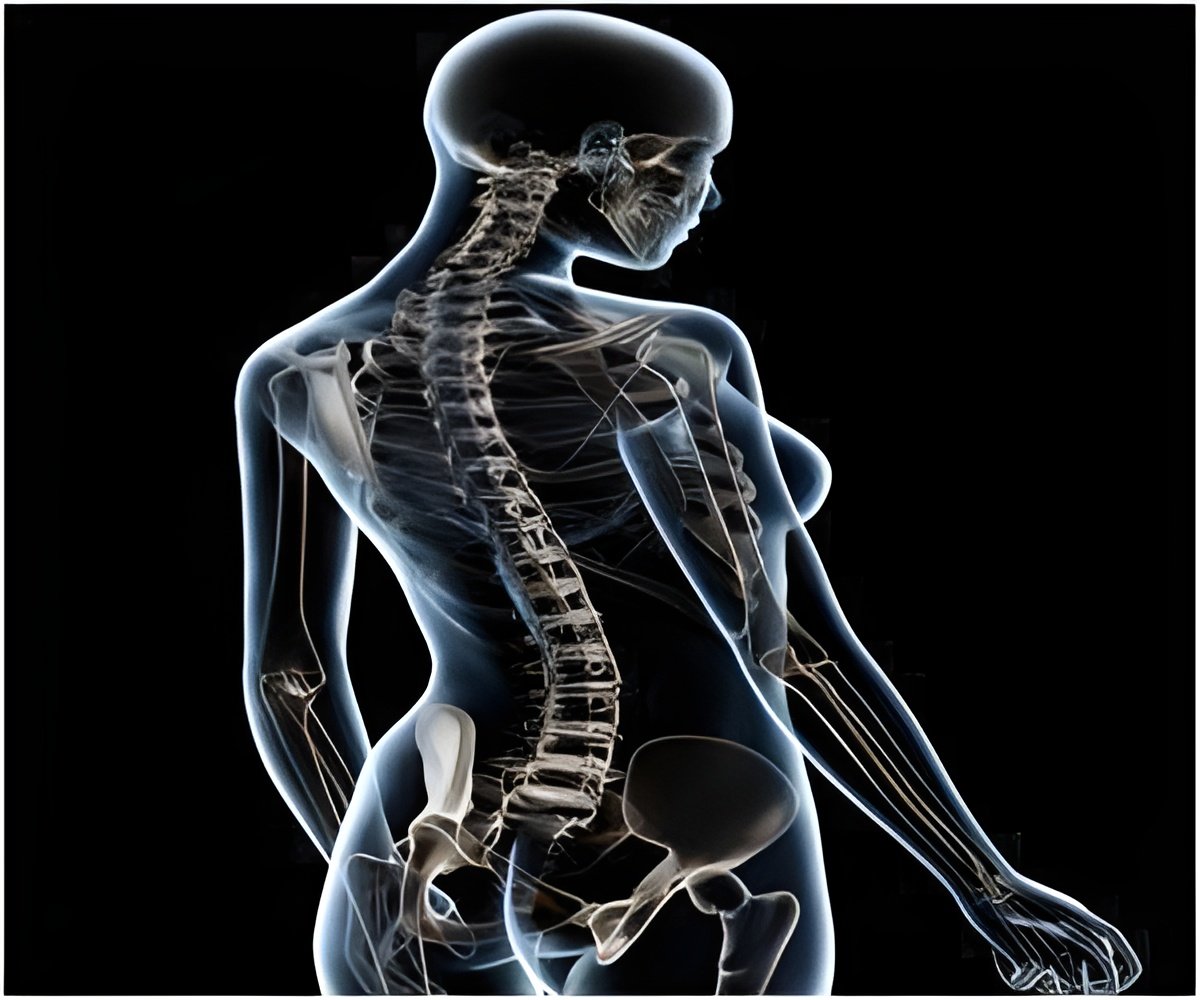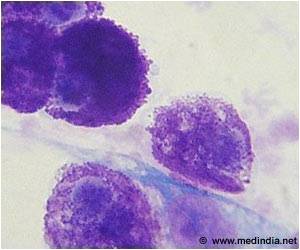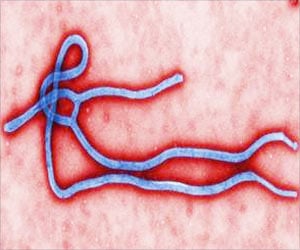
In view of this, the clinical and magnetic resonance imaging manifestations and the pathological features of 36 cases of inflammatory demyelinating pseudotumor in the spinal cord were retrospectively analyzed and summarized by Ying Wang and colleagues from Department of Neurology, Yantai Shan Hospital, China. They found that tumor-like inflammatory demyelinating disease in the spinal cord is a kind of special demyelinating disease that can be categorized as inflammatory pseudotumor. These solitary lesions are easily confused with intramedullary neoplasms.
Patchy or non-closed reinforcement (open-ring sign) on magnetic resonance imaging is the predominant property of inflammatory demyelinating pseudotumor, and inflammatory cell infiltration and demyelination are additional pathological properties. This study, published in the Neural Regeneration Research (Vol. 8, No. 26, 2013), summarizes the clinical and imaging properties of inflammatory demyelinating pseudotumor in the spinal cord, aiming to decrease the misdiagnosis rate in the clinic and improve patients' quality of life.
Source-Eurekalert










